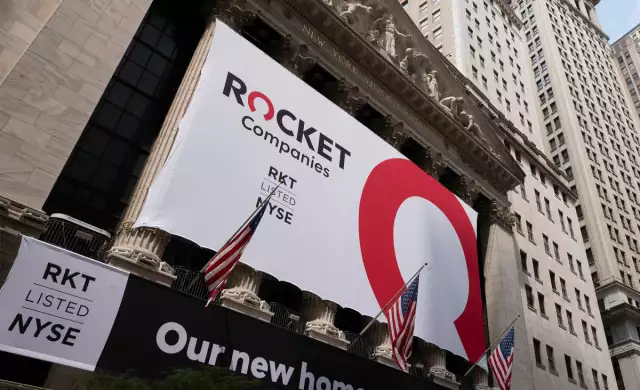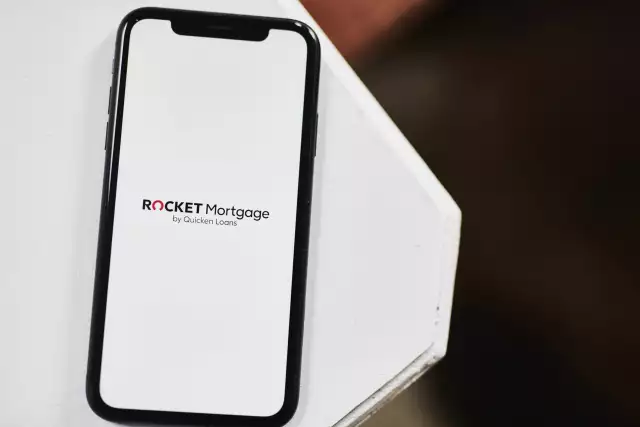Home equity products still have image problems, survey finds
Home equity products still have image problems, survey finds
While the two-year-long acceleration in property values has opened up opportunities in home equity lending, a lack of familiarity with products among consumers stands in the way of wider uptake, according to a new report.
Survey results from Finance of America Reverse found that approximately 28% of consumers intend to take out a reverse mortgage or home equity line of credit in the future, while 37% had already done so previously. But an even larger share, 43%, said they would be interested if they knew more about them, pointing to a potential client pool for lenders.
Knowledge of reverse home equity conversion mortgages, or HECMs, trended lower than HELOCs in Finance of America’s survey. Approximately 59% of both Generation Z and millennials said they were familiar with them, with the share dropping to 46% among Generation X and 37% each of boomers and the Silent Generation.
Reverse-mortgage lenders are also still combatting misconceptions of their product among the public. “Unfortunately, the reverse mortgage has a bad history,” said Steve Resch, vice president of retirement services at Finance of America Reverse.
“We usually get the same questions,” said Jeff Foody, owner of brokerage Northwest Reverse Mortgage in Clackamas, Oregon of new referrals.
“Most of them think they lose their homes. They think that with the reverse mortgage, they're signing over the equity of the house. That hasn't happened in 30 years, but people still think that happens,” he said.
Like Foody, Resch thinks consumers are responding to the reverse mortgage’s past reputation. “They don't understand that so many things have changed. There are so many safeguards that are built into the program now that it can be a safe and valuable tool,” Resch said.
Financial planners, however, appear to be squeamish about discussing them. While 90% of respondents said they trusted their advisors to discuss home-equity options with them if it was in their best interest, only 29% said they had ever had a conversation on the topic. Concerns about increased debt load and financial harm to their clients make some financial planners hesitant about recommending HELOCs. And according to a recent study by The Academy of Home Equity in Financial Planning at the University of Illinois, 63% of financial planners either can’t talk about home equity lending or are not sure about their ability to speak on it.
But with retirement now extending for decades for many, “it kind of makes sense at this point in time to really think about bringing home equity in the financial planning process,” Resch added.
The older consumers are, the less knowledgeable they appeared to be about home equity products. While 63% of Generation Z and millennials and 60% of Generation X surveyed by Finance of America said they were familiar with HELOCs, the percentage dipped among baby boomers and the Silent Generation to 58% and 57%.
Even though HELOCs have been around for years, lenders have long struggled to effectively encourage customers to utilize them to their greatest potential, according to Ken Flaherty, senior consumer lending market analyst at Curinos, a data insights and technology firm serving the financial services industry.
In the past, lenders have focused on selling lines of credit that are primarily marketed as rainy-day funds or emergency contingencies. But that has left lines mostly unused, when they could also be applied to fund virtually anything, such as education costs or home renovations, Flaherty said.
“There are numerous and almost unlimited ways you can use it. But that's the challenge. You sell the line, but you don't sell the usage and the flexibility,” he added.
But the freedom of being able to tap home equity for any purpose is the precise reason some financial advisors approach HELOCs with caution.
“It's pretty rare that I would propose a HELOC as a solution to something that they need because it is a more esoteric form of financing,” said Chris Randall, founder and CEO of Axis Capital Management in Hermosa Beach, California.
While he has seen consumers use them to consolidate higher-interest debt in the past, Adam Straseske, financial advisor at Red Oak Financial Management in Round Rock, Texas, said he’s seen an uptick among borrowers tapping home equity to acquire more assets, which he characterizes as a “risky proposition.”
“They have another debt payment now. So if someone's on fixed income, and then they have an additional payment, of course, that could cause some strain,” he said.
While Randall won’t propose them himself, he scrutinizes home equity options closely for his clients and said they can work well depending on an individual’s circumstances, “but it's by no means a one-size-fits-all source of financing,” he said.
The survey, which was conducted online by The Harris Poll on behalf of Finance of America Reverse, included 2,000 participants and examined how consumers view home equity as well as attempted to provide insight into how they could use it. Data also revealed that, of the number who had previously taken out a home equity loan, 55% had obtained a HELOC, and 60% used their funding for home improvement or to pay off debts.
Only 47% of baby boomers factored in home equity in their financial planning, compared to 74% of Generation X and 83% among Generation Z and millennials. Meanwhile, 68% of those surveyed said they wanted to retire and then age in place.







